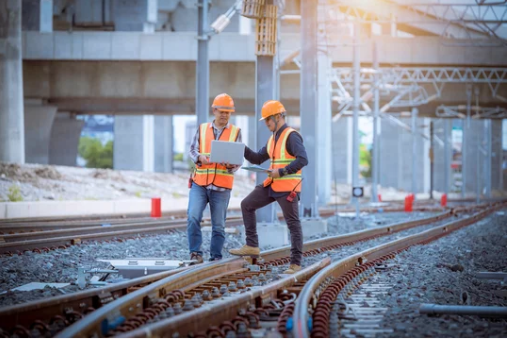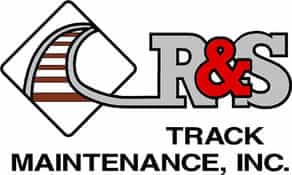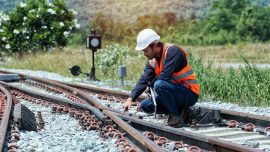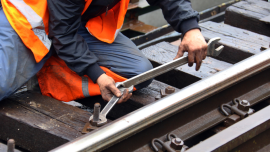
4 Model Railway Track Laying Tips for a Trouble-Free Operation
In this post, we’ll provide you with model railway track laying tips on what must be done to make sure that your track allows your trains to operate smoothly and without any problems.
Laying track is the stage that guarantees your train set will operate without any hiccups after you have planned out your circuit.
Railway Track Laying Tips:
The following are the expert tips that will assist you in setting up your track:
1. Repair Any Joints That Aren’t Completely Perfect
If, for whatever sad reason, you wind up with joints that aren’t good, you shouldn’t try to ignore them and hope you’ll find a way to work around the problem in the future.
Our conversations with many enthusiasts at various exhibitions and events over the past few years have provided us with this priceless piece of advice.
Even though we may not like to acknowledge it, every railroad has its flaws. However, if you want a railroad that is dependable and enjoyable to both operate and watch, address those flaws and fix the joints that are causing the problems.
It is a lot of effort to cut out one piece of track, hence why you should mend joints. However, if you have troublesome joints, you should get rid of them as soon as possible, and the sooner you do it, the better.
2. Work in a Flat Surface
Before you begin laying any track, you need to ensure that the surface you will be utilizing, whether it be a flat baseboard, table, etc., is smooth.
A small bump anywhere in the baseboard, or sag, rogue scatter substance, or even a bit of glue may seem like nothing much to you, however, due to the size of a track, small variations in the height will result in an uneven track which will cause the wheels of the trains to experience a rollercoaster ride.
Before you secure your track in place, you should clear the path it will take with a brush, and if you truly can’t obtain a level surface, you should apply a track underlay in order to hide the uneven top.
This is an excellent use for cork. It is simple to ignore this tip, but doing so can lead to a variety of issues.
3. Always Go with New Rail Joiners
This is one of the things you’ll discover to be an improvement. It is also one of the things that will possibly make the most significant impact on the way a rolling stock operates.
If you are using rail joiners as opposed to soldering, you should get new fishplates and get rid of the used ones you have been using.
In the long run, you’ll run into issues if the joiner doesn’t have a good hold on the rails. Either a failure to carry electricity between the sections and rails, which can cause difficulties with train motors, or gaps or uneven surfaces where the rails meet, increase the likelihood of derailing.
Both of these situations can lead to accidents. It is also a hassle to replace them once the track has been laid and fastened in place.
4. Take Your Time with the Track Joints
Issues might arise at track joints even with new fishplates. It is not safe to assume that the rails have correctly slipped into the joiners or that they are aligned both horizontally and vertically just because your track is able to maintain its integrity.
Even a very little misalignment will soon haunt you, so you shouldn’t put up with a joint that isn’t in perfect alignment.
It’s easy to slip the track and the joiners together in your haste to have the track laid, thinking it looks good, then go on to the next step, but you shouldn’t do that.
Instead, you should focus your attention on the joints, inspect them using a magnifying lens (assuming your eyesight is poor and not up to the task), and run a finger over rail ends to check for any ridges and gaps. For the rails that do not meet evenly, you will need to detach them and begin the process again.
Consult with a Midwest Railroad Contractor from RS Track
Follow these railway track laying tips and you will enjoy track laying even more. In fact, your results will be a hundred times better!
If you want to consult with a Midwest railroad contractor, don’t hesitate to contact us here at RS Track as our experts are sure to have some more tips for track laying and even ballasting which you should consider doing next. Contact us here!




0 comments
Write a comment